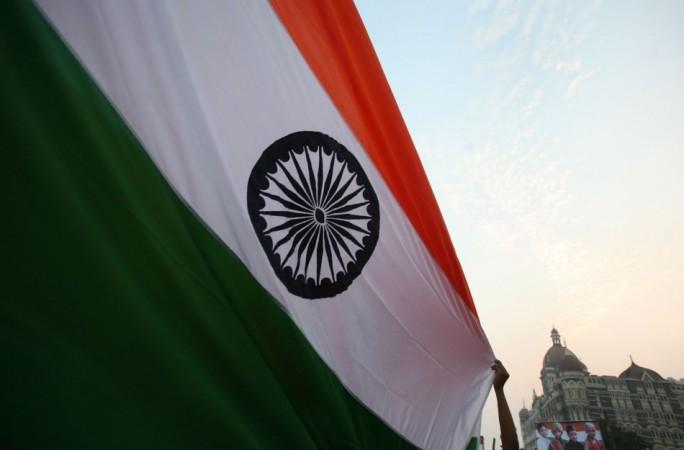The story of India's independence is one that fills each of 1.3 billion Indians with a sense of pride. An extraordinary tale of unwearying courage and countless sacrifices, it unites the whole country by invoking similar emotions that go beyond man-made distinctions of religion, caste, and class.
Almost every citizen knows it by heart that India obtained its freedom in 1947 after being suppressed by the Britishers for as many as 200 years. From 1757 to 1858, the British East India Company asserted its control across the Indian subcontinent. Then, following the Indian Rebellion of 1857, the rule was transferred to the British Crown, which eventually came to be known as the British Raj.

India had a shot at freedom before 1947 as well
As historians like to chronicle the past over and over again, they come up with rather interesting insights about former times. As per a few of them, if we revisit the entire timeline of the British Raj with precision, we would come across several points that could have altered the course of India's struggle for freedom, so to say. One such time period that seems to baffle some history enthusiasts is of 1920-1922.
Some are of the viewpoint that if India had done a couple of things differently at that point, it could have gained independence in 1922, cutting short its freedom fight by 25 years. Now, it is always easy to analyze past events and pass judgments without actually experiencing it all. Having said that, there is always room for a healthy discussion if it does not take anything away from the freedom fighters and the nationalist leaders who fought for the country.
Britishers were relatively vulnerable in the early 1920s
For this perspective to make any sense, we will have to go back a hundred years to 1920 when Mahatma Gandhi kickstarted the Non-Cooperation Movement - the biggest rebellion against the Britishers. The aim of the movement was to persuade Indians to return British awards and honors, to resign from the civil services, and to boycott British goods. This hit the British government and its economy in India hard.
In the meantime, having withdrawn its support for British reforms following the Rowlatt Act of 21 March 1919 and the Jallianwala Bagh massacre of 13 April 1919, the Indian National Congress (INC) strengthened the Non-Cooperation Movement by opening up its membership for the poorest of Indians. It soon turned into a mass movement against the ruthless rulers.

The coming together of lakhs of Indians for the Non-Cooperation Movement held a lot of significance, more so at that point because the Britishers were very much out of place in the early 1920s. The Whitehall had just gone through two years of inflation and was trying to recover from the crisis. Around the same time, the Irish Republican Army waged war against the Britishers and emerged victorious, breaking free from their rule.
America further added to Britain's woes by toppling it to become the most powerful nation in the world. The disturbance in Europe and the Russian Revolution also imposed a lot of complications for the imperial powers. In short, the Englishmen were quite rattled and India had a genuine chance to use their misery to its advantage.
But, the Chauri Chaura incident of 1922 changed the direction of India's freedom fight. Owing to a massive scuffle between protestors and police in Gorakhpur, Mahatma Gandhi temporarily called off the Non-Cooperation Movement. Had it been in motion for several more months, the British Raj could have been seriously challenged.
Nevertheless, India's strenuous efforts finally paid off 25 years later and we could not be more proud!








